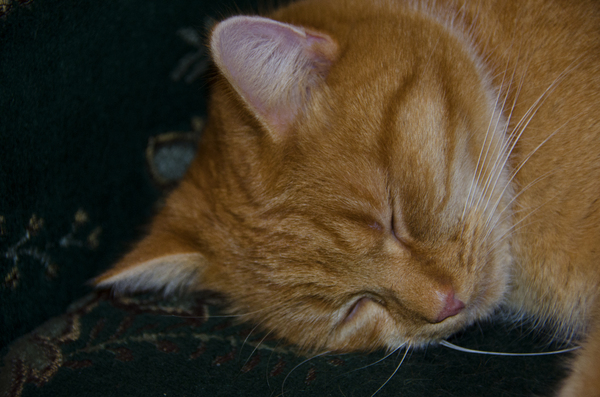The Evolution of Cat Litter: From Sand to Silicon
The Evolution of Cat Litter: From Sand to Silicon
Blog Article

Cat litter and litter boxes play a critical function in the lives of both cats and their owners. From the simple starts of sand and soil to the ingenious advancements of today, the world of cat litter has developed considerably. In this detailed guide, we explore every element of cat litter and litter boxes, exploring their history, types, benefits, challenges, and everything in between.
The history of cat litter dates back centuries, with ancient civilizations using sand, soil, and even ashes as primitive litter materials. However, it wasn't until the mid-20th century that modern cat litter as we know it emerged. In 1947, Edward Lowe introduced the world's first commercial cat litter made from absorbent clay, transforming the way cats relieved themselves indoors. Ever since, cat litter has undergone numerous transformations, with the introduction of clumping litter, silica gel litter, biodegradable options, and more.
Today, feline owners are ruined for option when it concerns choosing the best litter for their feline companions. Traditional clay litter stays popular for its price and efficiency in taking in odors. Clumping litter, which forms solid clumps when wet, streamlines cleansing and upkeep. Silica gel litter, composed of highly absorbent silica crystals, uses remarkable smell control and longevity. Biodegradable options, such as recycled paper, wood pellets, corn, and wheat, interest ecologically conscious consumers.
Each kind of cat litter uses distinct advantages. Clay litter masters its capability to take in moisture and control smells, making it a trusted option for numerous cat owners. Clumping litter streamlines everyday scooping and extends the time between total litter changes. Silica gel litter provides extraordinary smell control and can last longer between replacements. Eco-friendly litters provide a sustainable alternative that minimizes ecological impact.
While cat litter boosts indoor feline health, it is not without its challenges. Dust from clay litter can present respiratory threats for both cats and human beings, prompting the appeal of cat litter alternatives dust-free alternatives. Some felines may develop litter box hostility due to issues with texture, aroma, or cleanliness, demanding experimentation with various litters and box configurations. Multi-cat homes may need strategic litter box positioning and frequent upkeep to prevent territorial disagreements and ensure all felines have access to clean centers.
Selecting the proper litter box is important for promoting favorable litter box habits and total feline well-being. Aspects to consider consist of size, accessibility, and style choices. Covered litter boxes offer personal privacy and help consist of odors, however some felines may discover them confining or daunting. Open-top litter boxes use easy gain access to and visibility however might result in more litter scatter. Automatic self-cleaning litter boxes enhance maintenance but need regular monitoring and maintenance.
Proper litter box maintenance is vital for ensuring a tidy and welcoming environment for both cats and their owners. Daily scooping eliminates waste promptly, reducing smell and discouraging litter box Tofu Cat Litter aversion. Routine litter replacement, typically every 1-2 weeks, prevents bacterial accumulation and keeps optimal absorbency. Comprehensive cleansing with moderate detergent and water, avoiding severe chemicals that might deter cats from using package, need to be performed monthly.
Cat litter and litter boxes play a main function in fostering a healthy and harmonious relationship between felines and their human buddies. With a varied array of litter choices and litter box styles readily available, feline owners have the flexibility to cat litter box self cleaning tailor their options to match their felines' choices and household needs. By understanding the development, types, advantages, and obstacles of cat litter and litter boxes, family pet owners can provide their feline friends with a comfortable and hygienic indoor environment.